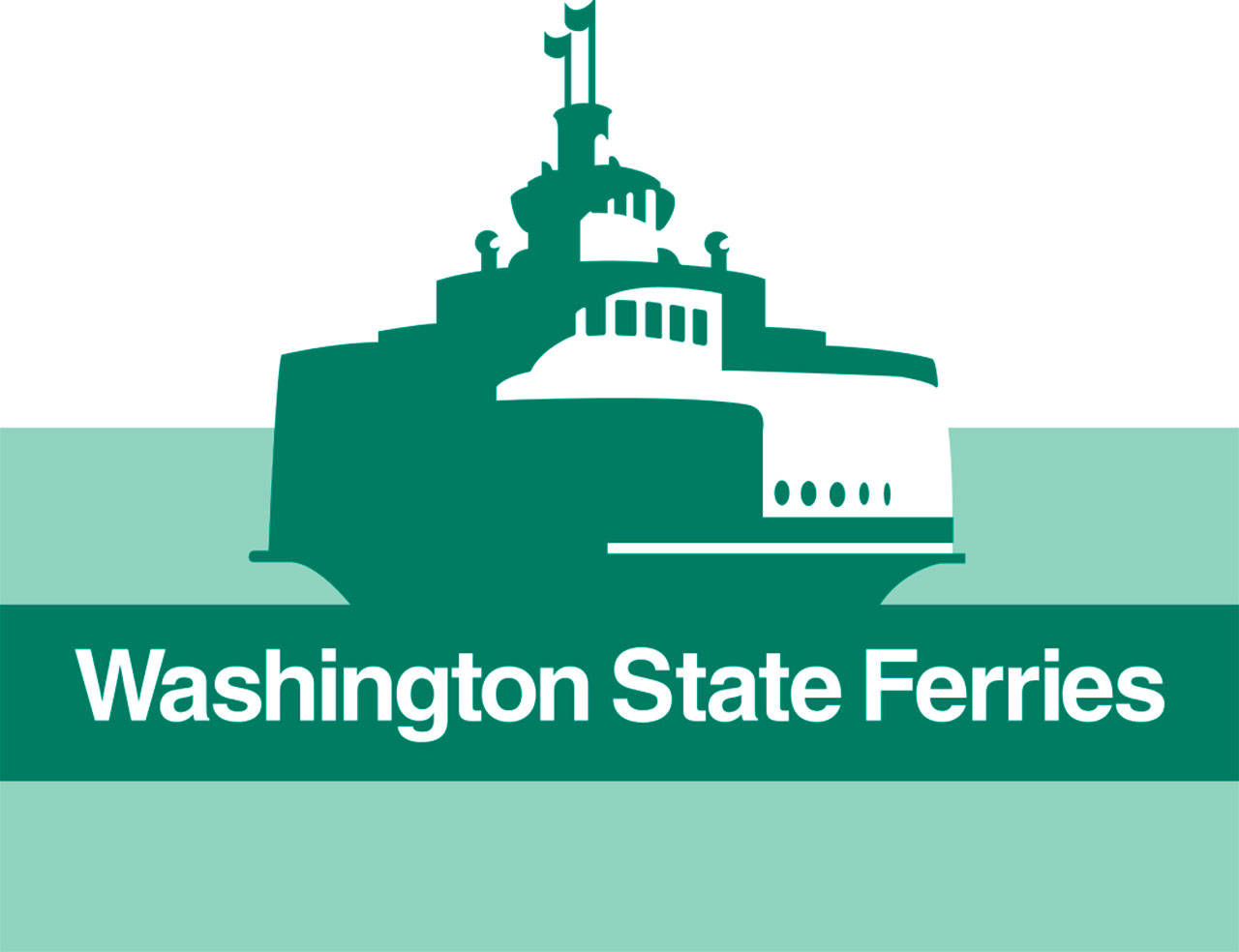Washington State Ferries, under direction from the Washington state Legislature, is working to identify money and staff to keep ferry sundecks open during the upcoming 14-week summer window on all Olympic-class vessels within the fleet.
Of the four existing Olympic-class ferries, otherwise known as “144-car vessels,” only one runs the Anacortes-SJI route: The Samish.
Built in 2015 by shipbuilder Vigor Industrial under contract with WSF, The Samish has been off-route since March for shipyard warranty work, replaced briefly by the smaller 90-car Sealth. According to WSF spokesperson Ian Sterling, The Samish should relaunch in the San Juans at the beginning of the summer sailing schedule on June 23.
Most boats in the WSF system have sundecks of a different design. Projections indicate all WSF ferry routes are expected to grow by at least 30% over the next 20 years, as current data exhibits an increase in ferry patronage of 1.5% every year. As spending packages are passed and funding is allocated for the building of future vessels, sundeck fabrication will yield more passengers per boat, and therefore more crew to keep them open.
“Currently, the number of passengers does not warrant the expense,” Sterling said, noting funding for sundeck access is a byproduct of ferry ridership. “In the past, legislators have stepped up and earmarked money specifically to open the sundecks on weekends or afternoons on different routes, and that didn’t happen this time around.”
As the historical data indicates demand, WSF is working to keep sundecks open but doesn’t yet have a plan. In the event of a summer closure, nonservice animal pets will be allowed inside the vessel cabin in a carrier, or outside on-leash. Animals are welcome to walk through the passenger cabin to outdoor decks and mobilize on the car deck. These rules are in place for safety and sanitation reasons.
Sterling was unable to locate specific numbers for how much it would cost to keep The Samish sundecks open, but he estimated around $55,000 per boat, the majority of which would pay for the salaries of two federally required crew for 14 weeks.
Each WSF crew member is a merchant mariner with a high degree of training, all of whom go to fire school and become trained firefighters. They all have basic first aid and some have advanced medical training. Each is represented by different labor unions, and salaries are negotiated out and jobs bid for based on seniority or residence.
“The Coast Guard requires two additional crew per passenger amount. You have to go over a passenger count of 768 people before we bump up crew, and that just doesn’t happen very often in the San Juan Islands,” Sterling said, adding that half the maximum amount for Olympic-class vessels is 768 riders. “Out of the thousands of sailings the Samish did last year, ridership went above that number only 10 times. This happens much more often in Seattle, Tacoma, and the Mukilteo/Clinton area, where walk-on, commuter passengers ride in higher numbers.”
The WSF system is highly subsidized, especially in the San Juan Islands.
“A good chunk of ticketing is being supported and paid for by the taxpayers in Washington and by other ferry routes,” Sterling said, noting the San Juans’ ferry route is one of the lower performing for-profit routes.
“The Seattle/Bainbridge route operationally makes money, and that money goes to help support places like the San Juan Islands or Vashon Island, where 40% of the ticket is paid for by taxpayers,” he said. “To that end, it’s really hard to explain to someone from Spokane why their taxpayer dollars are going to keep a sundeck open when the purpose of a ferry is to get from point A to point B.”




